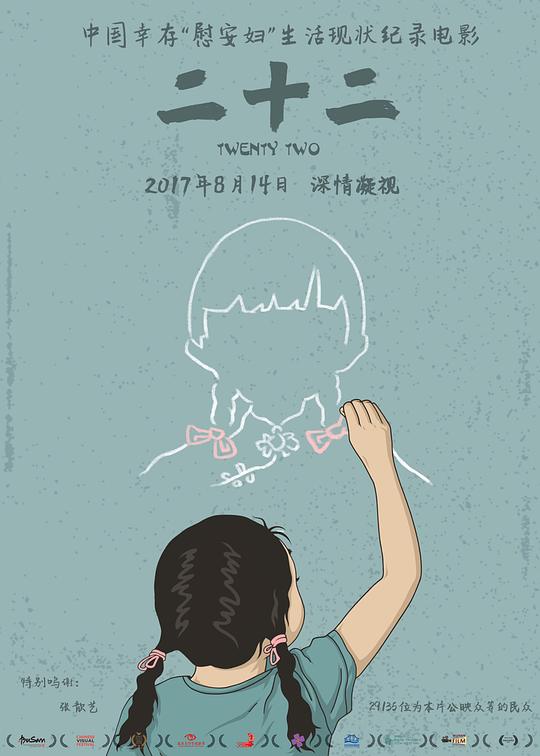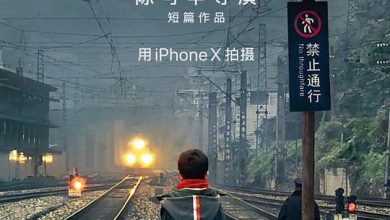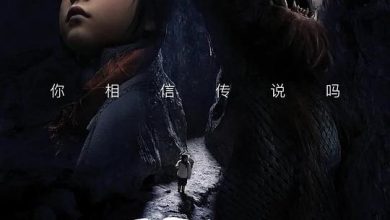
A documentary film on comfort women is set against the backdrop of the living conditions of the victims who were forced to serve as “comfort women” during the Japanese invasion of China, and records the current daily lives and memories of these elderly “comfort women”.
At the time of the movie, there were only 22 publicly identified victims alive in mainland China, hence the name of the movie.
A large part of the film is about the daily lives of the elderly, with no historical information, no deliberately organized storyline, and a running account of the filming and recording, with many oral recollections of the elderly “comfort women”, which, I think, is a very cruel thing to let these elderly people recount the painful memories of those years.
From the content point of view, it is just a record, not deep enough, the amount of information is too little, it does not explore the reasons for the existence of the comfort women system, history, and the impact of a one and a half hour documentary, so that people can understand the “comfort women” information, it would be better to check the “comfort women” Wikipedia page. A one and a half hour documentary is not as informative as the Wikipedia entry on “comfort women”.
2015 / China / Documentary / Guo Ke

During the eight years of Japan’s invasion of China, at least 200,000 Chinese women were forced into sexual slavery by the Japanese army, often referred to as “comfort women”.
By the time the movie started shooting in 2014, there were only 22 comfort women survivors left in mainland China.
As time passes and wounds are smoothed out, where are these old people who experienced unimaginable trials and tribulations, what kind of life are they living, and what kind of sorrows and joys are they experiencing?




